Evaluation and Treatment of Monogenic Forms of Inflammatory Bowel Diseases
- Advanced genetic platforms have identified more than 50 different monogenic disorders causing inflammatory bowel disease.
- A monogenic cause of inflammatory bowel disease should be suspected in patients with atypical or severe IBD phenotypes.
- The diagnosis of monogenic defects is made through a combination of functional immunologic studies and DNA sequencing (whole exome sequencing).
- Monogenic IBDs usually present in the first years of life, but several diseases manifest adolescence or adulthood.
- Identifying a monogenic form of inflammatory bowel disease can lead to tailored specific therapy (eg, stem cell transplantation) and have major impact on patient’s care.

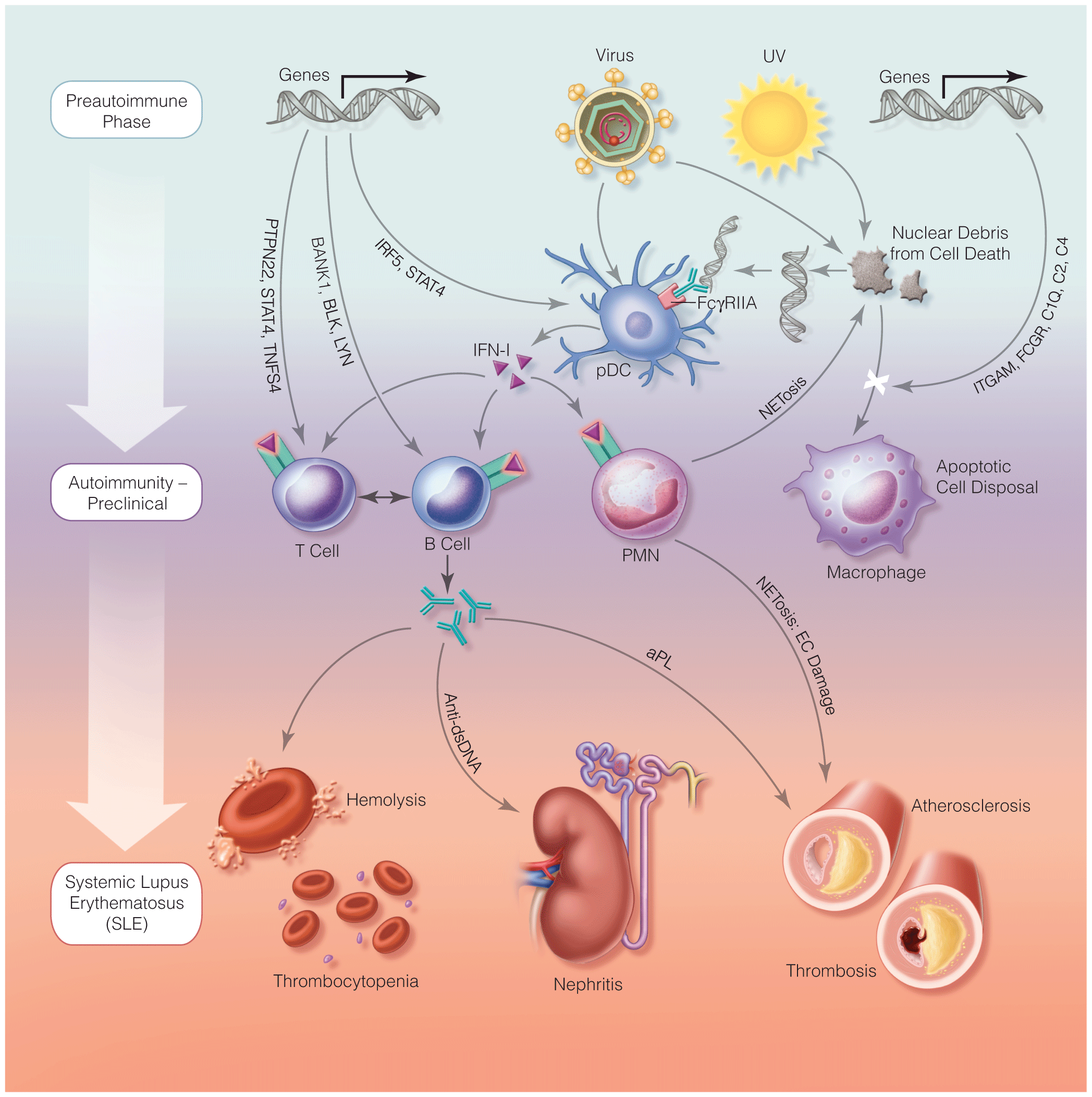
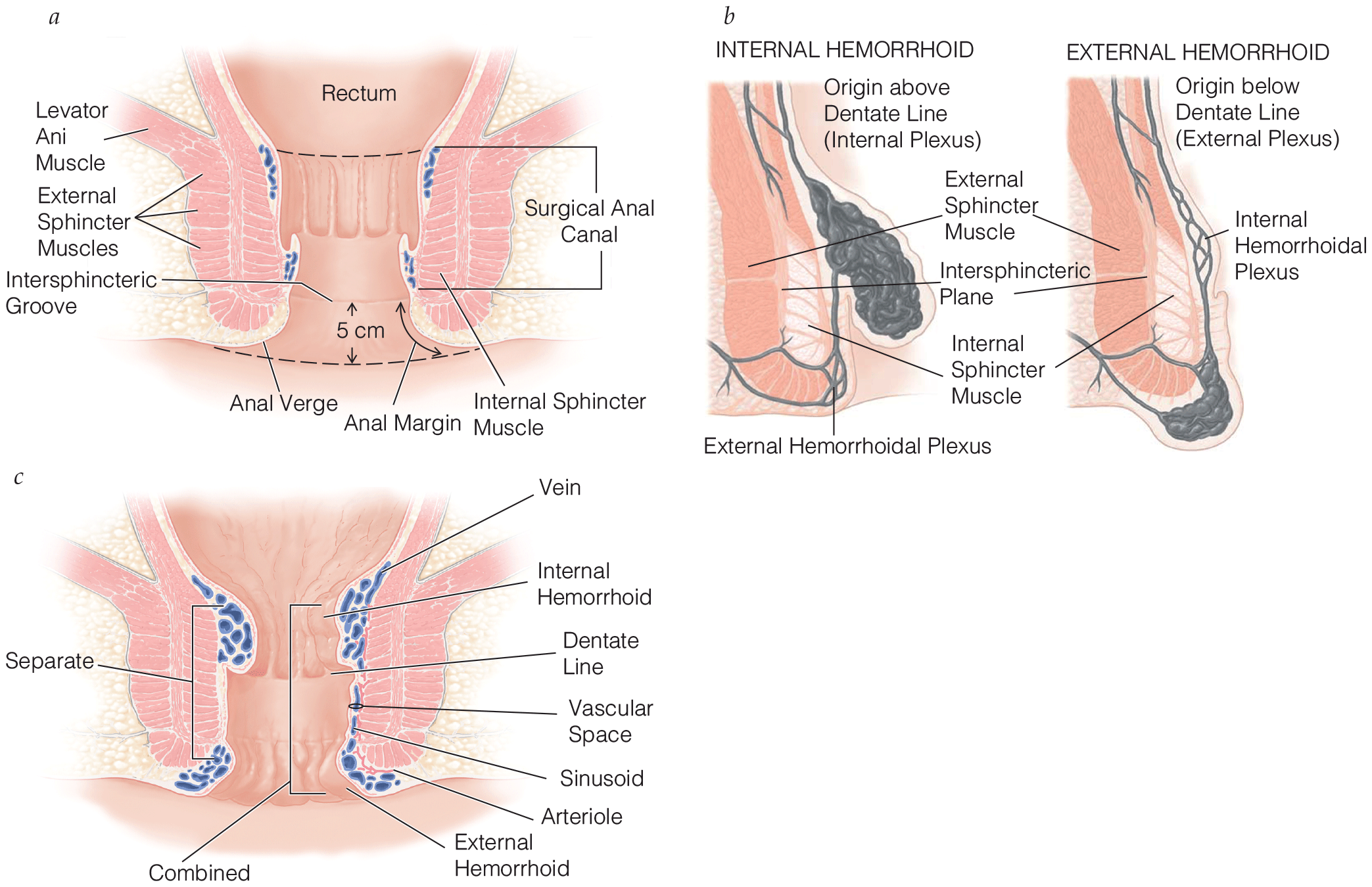
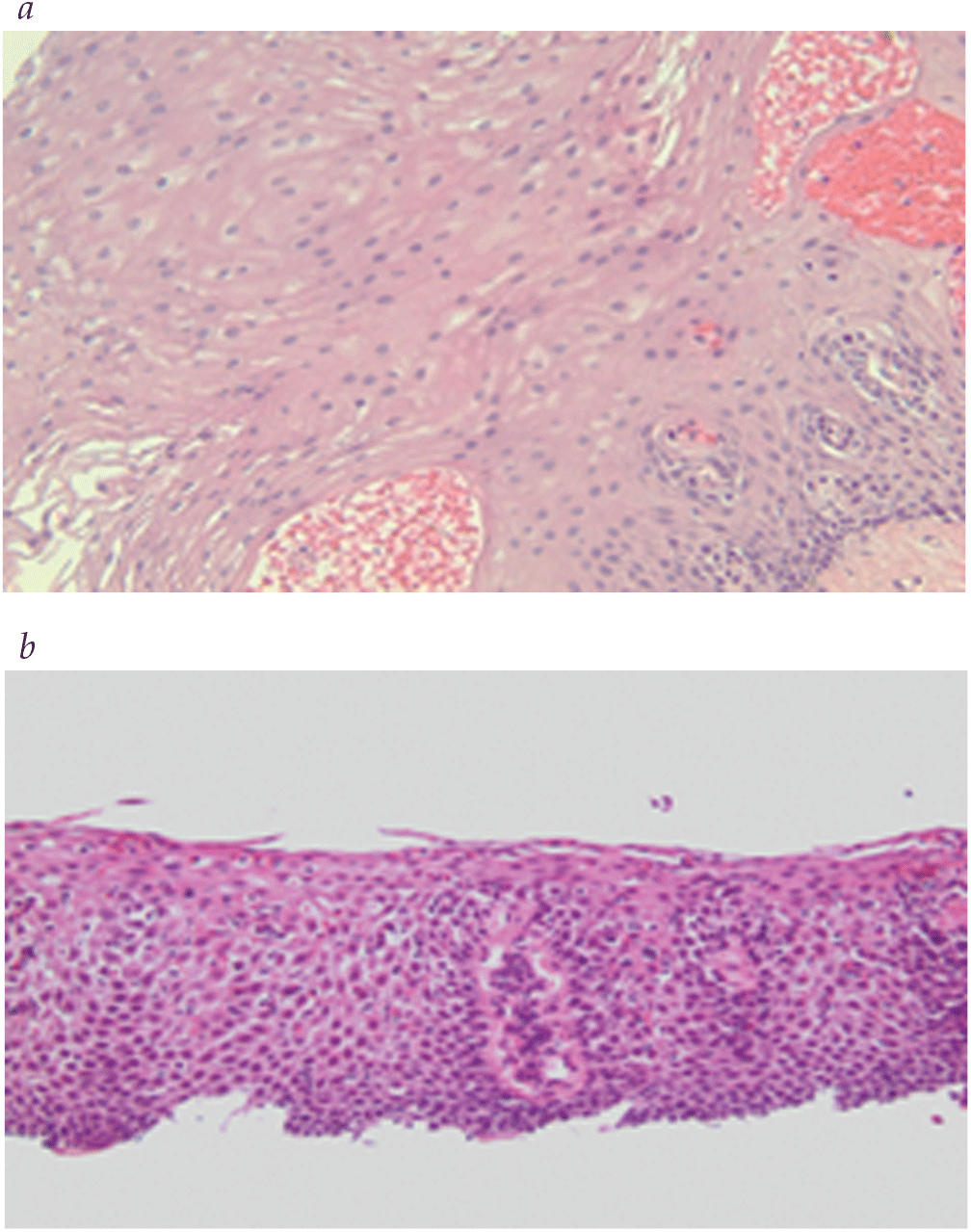
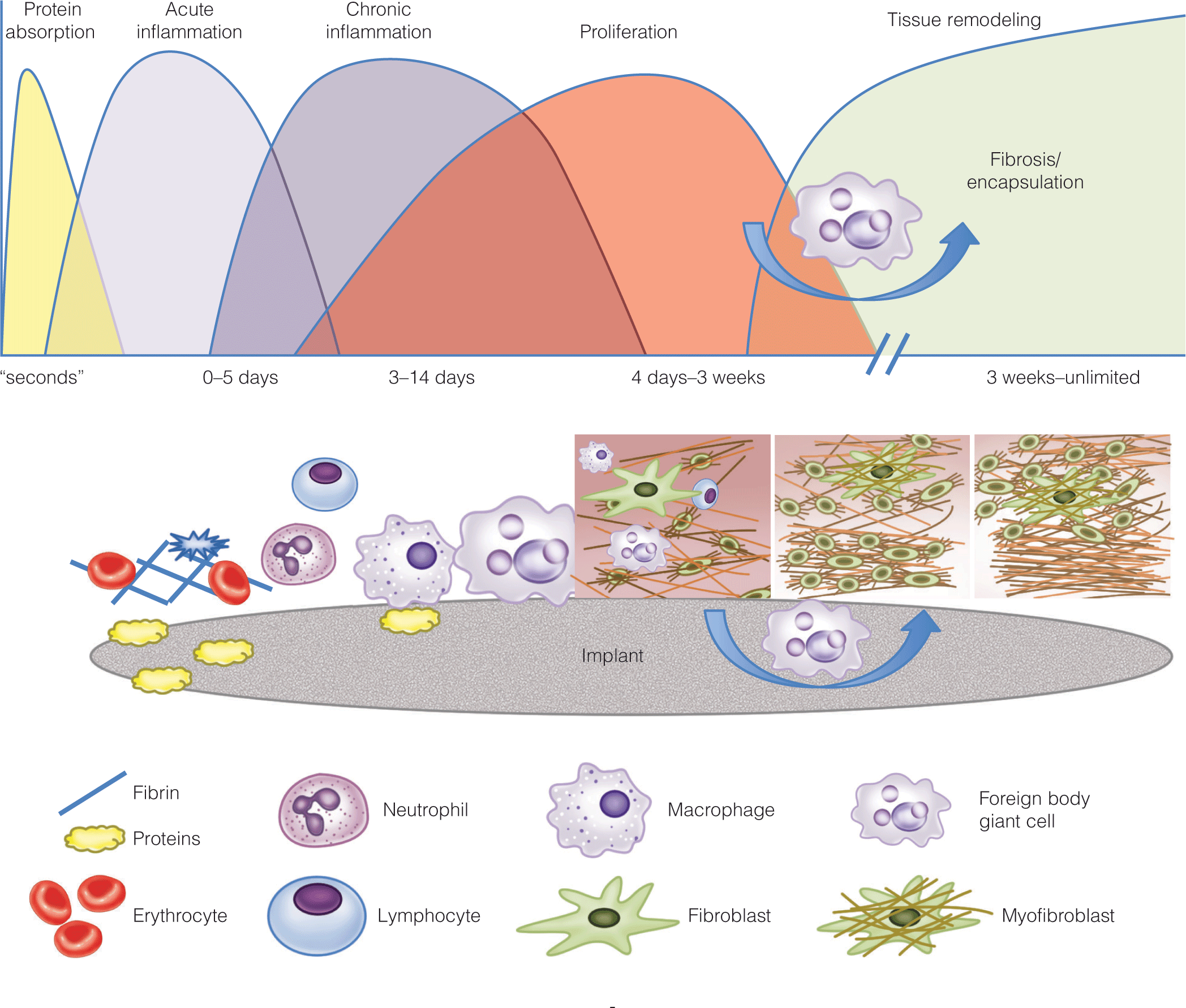
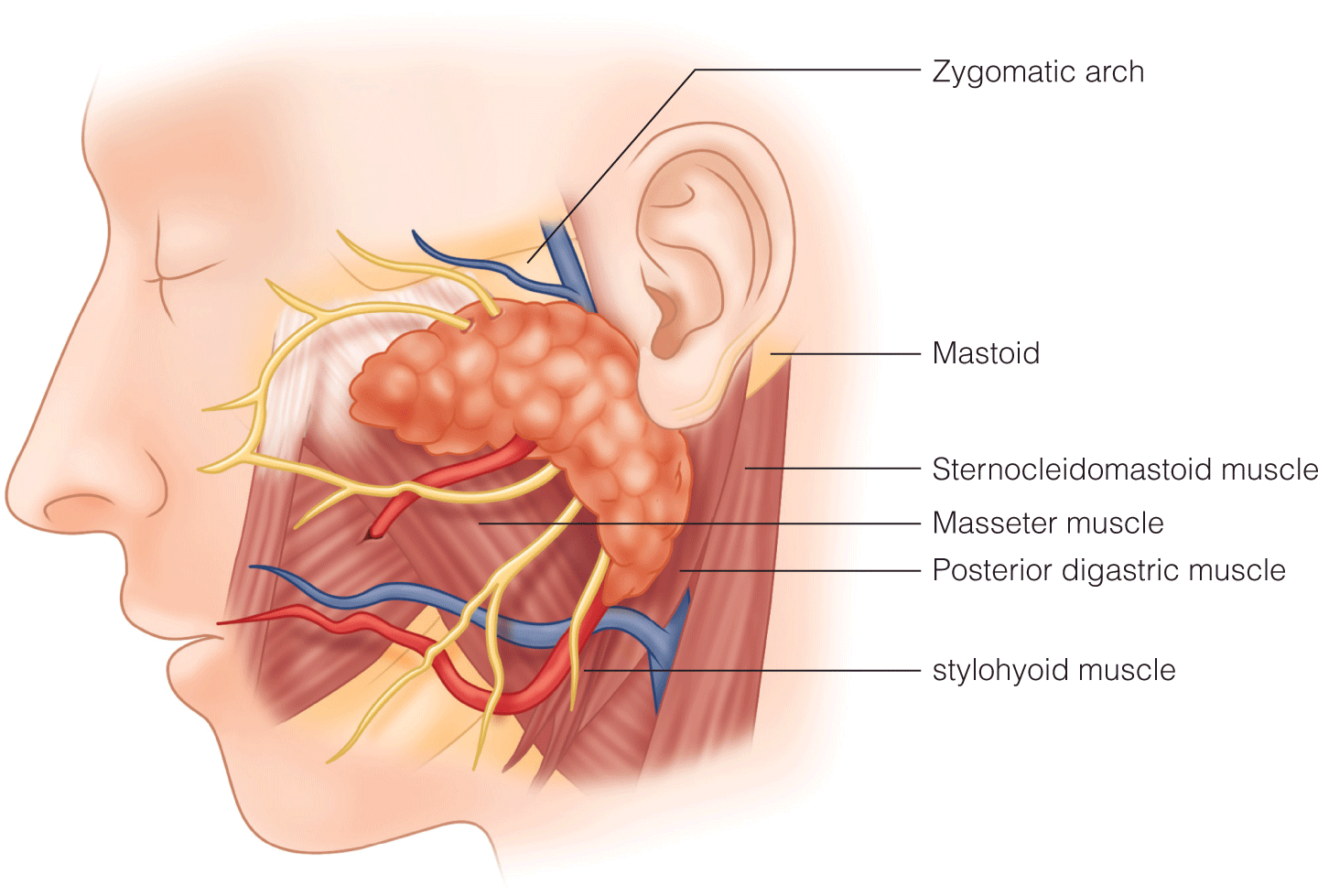


.png)







